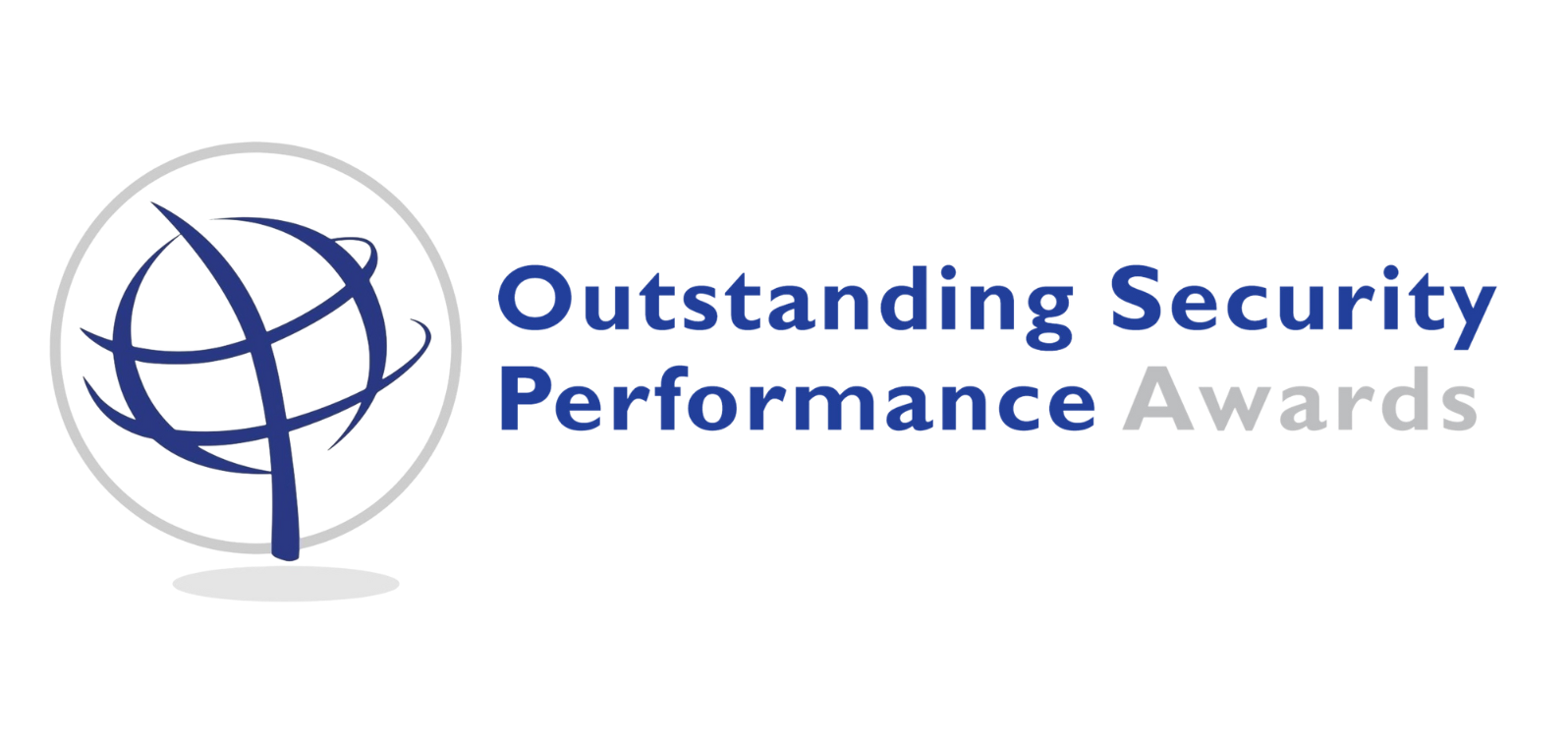
Chair: Martin Gill
Panellists:
Jill Davie – President, TEAM Software (US)
Eddie Sorrells – Chief Operating Officer/General Counsel, DSI Security Services (US)
Jeff Chludzinski – CFO, First Coast Security (US)
Simon Pears – Global Security Director at Sodexo (UK)
Key points
Eddie Sorrells opens his statement with the note that security technologies make for more efficient security when managed efficiently. He thereon set a theme of understanding why this is difficult to achieve. He warns of the need to embrace solutions for a purpose (asking, what problem is needing to be solved?) rather than buying technologies just because they are available. Having a plan to guide purchase and implementation is key noting that technology when done badly can result in big financial losses, negative customer (and staff) experience, and even lead to legal liability. He invites those involved to ask more often what is deficient in the technology they have and dig deep to fully understand what problems they want technology to solve. He encourages salespeople specifically to have a fuller understanding of the risks and use that as a basis for determining which technologies provide the best fit. He warns though that technology cannot solve a broken organization.
Jeff Chludzinski promotes looking at technology as a force multiplier and not as an end in itself. Without a comprehensive understanding there is a danger that working to solve one problem can create another. Sometimes Chief Financial Officers, for example, make decisions on what the salespeople tell them and fail to engage fully with the end users about their requirements. Leadership needs to take responsibility. He notes that no one has ever asked him what his problems are; engagement is a must. He calls for more understanding by organisations about what happens if technology fails; that can focus minds on the issues that need to be taken account of. Protecting systems against cyber attacks is another important dimension. In short get the right supplier.
Simon Pears notes that these days technology is a critical part of any response so when it fails it has severe consequences. And the introduction of technologies has severe implications for practice in terms of integration with operations; staff have to adapt their ways of working. So training is vital. But that is an extra cost, one not always budgeted for, increases in costs makes projects more difficult to get funding for. As he says there is a need for industry to be honest with itself. Engaging with technology means engaging with people, that is the only way the benefits can be truly realized and this needs to be a focus which has sometimes been found wanting.
Jill Davie notes that in her extensive experience she has seen many successful projects but that some have been derailed. There is a challenge in effectively managing the people side of change; getting people to adapt. A part of this is getting executive level buy-in and another in effectively engaging people. Echoing Simon’s point, Jill notes that a common mistake is clients not really contemplating the costs of getting technology fully implemented; the relevant stakeholders and not least staff need to be involved early. Another issue is aligning the sales process with operations, you will witness an interesting conversation about that. Project delays cost money and undermine efficiency, so having an effective plan is key.
That technology has the potential to revolutionise security is not in doubt, in this webinar we had an engaging insight into the challenges that beset the best of aims. Know what you are buying; get a plan; buy well; engage with all those involved and be realistic about costs and what it takes to make technology and integrated part of operations. There is never any substitute for choosing the right supplier, or for that matter, the right client. It needs both to be aligned and to maximise the benefits the right technologies can generate.
Martin Gill
20th August 2020


